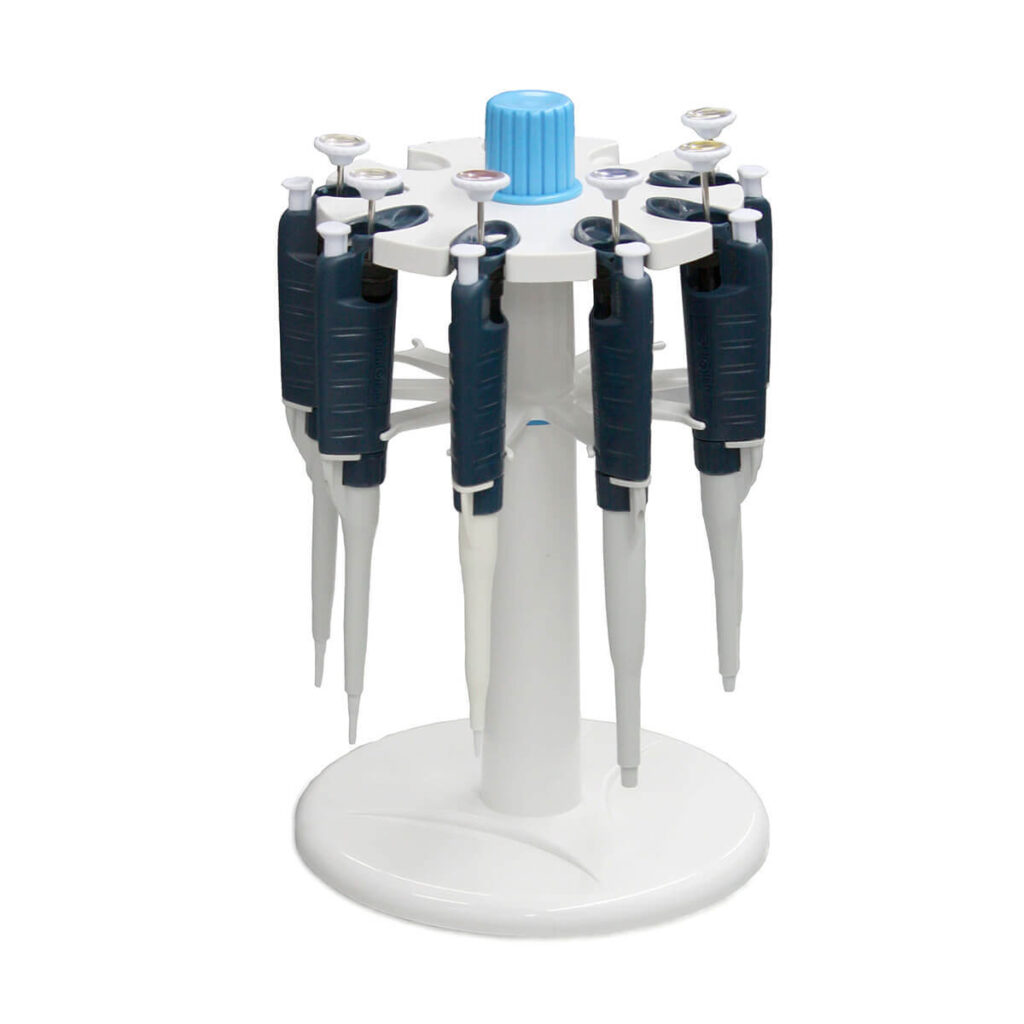Pipettes are widely used devices in clinical and research laboratories. They are used to supplying very accurate amounts of fluids. The mechanical or piston pipette generally works by transmitting the force that an operator, manually, exerts on a piston that is attached to a piston by an axis that moves it along a cylinder of fixed length, forcing a predefined volume of liquid out of the pipette.
What is required to use automatic pipettes?
To use a pipette requires that the laboratory provide adequate conditions of comfort, cleanliness and lighting. The general conditions are the following:
– Verify that the temperature of the environment where it is used is stable, with a range of variation of ± 0.5 ° C, which is between 15 ° C and 30 ° C, with a temperature of 20 ° C being optimal.
– Confirm that the relative humidity of the environment is greater than 50%. Pipettes and samples or materials with which they work should be stabilized to laboratory conditions, so it is recommended that they be in the laboratory two or three hours before the work is done.
– Avoid working with pipettes under the influence of direct sunlight. 4. Use the appropriate protection elements, if you work with toxic materials or that involve biological risk.
What should your maintenance routine be?
The general guidelines of the maintenance routines required by mechanical pipettes are indicated below. Specific routines of the various models must be performed, in accordance with the instructions in the manuals supplied by the manufacturers. Inspection Frequency: Daily Pipettes are devices that require frequent inspections to detect abnormal wear or damage and / or verify that they are in good working order. The inspection must cover the following aspects:
– Verify the integrity and adjustment of the mechanisms. They must be able to move smoothly. The piston must move smoothly.
– Confirm that the bit holder does not present distortions or wear marks, as it is essential for the accuracy of the measurements. Check the adjustment of the tips.
– Place a tip and fill it with distilled water. The pipette must not present any type of leakage.
How do I clean and decontaminate it?
– Check every day that the pipette is clean, on its interior and exterior surfaces. If dirt is detected, it should be cleaned using a suitable solvent or a soapy solution. Review the manufacturer’s recommendations regarding the compatibility of the materials with which the pipette is manufactured to select those solvents that do not produce effects harmful to the integrity of the components.
– Sterilize the pipette according to the manufacturer’s instructions. Some pipettes can be sterilized in an autoclave, using a cycle of 121 ° C and an estimated time of 20 minutes; some require disassembly so that the steam is in contact with its internal components. Disassembly consists of releasing or unscrewing the central body of the pipette, following the procedures indicated by the manufacturers.
To disassemble or assemble some pipettes, it is necessary to use a set of tools – keys – that are normally provided by the manufacturers, together with the pipette at the time of sale. The pipette should only be assembled again, when the sterilization cycle has finished and the temperature has stabilized with that of the environment. At that moment it is verified that the components are dry and the assembly is carried out. Some manufacturers recommend sterilizing the pipette, using a 60% isopropanol solution, and then washing the components with distilled water, drying and assembling.
– If a pipette has been used with substances dangerous to health, it is the responsibility of the user to ensure that it is completely decontaminated, before it is used in other procedures or is removed from the laboratory. It is convenient to fill out a report that indicates your brand, model, serial number, substances with which you worked and substances or procedures with which it was treated or cleaned.
Since automatic pipettes (micropipettes) are key elements in any laboratory, it is necessary that they have the best possible accuracy, at Kalstein we provide you with micropipettes that will allow you to offer the best analysis. That’s why we invite you to take a look at our available micropipettes HERE

